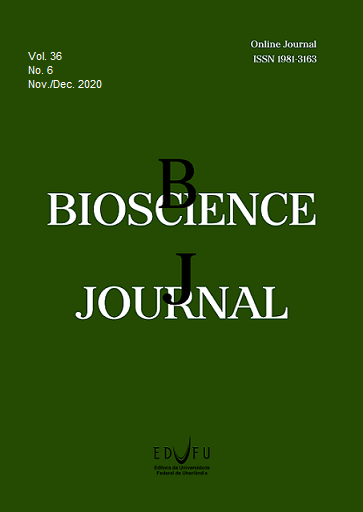Transplantation of nest of amazonian turtle Podocnemis expansa (Schweigger, 1812)
DOI:
https://doi.org/10.14393/BJ-v36n6a2020-48161Keywords:
Nidification., Testudines., River.Abstract
The main objective of this study is to analyze the effectiveness of the Podocnemis expansa nest transplantation technique used to aid in the conservation of the species, aiming to increase the number of individuals in nature. The Amazonian turtle is famous for its large size and commercial attractiveness, being the target of rampant hunting, mainly by populations that depend on the species economically. In September 2018, natural nests of P. expansa that were in areas of flood risk were excavated and transplanted into new nests constructed by the team. At the same time, the breeding females had their dimensions verified, as well as their respective eggs. In the second stage of the experiment, which occurred in November of the same year, the nests previously transplanted were counted, including the amount of eggshell, indicating how many eggs hatched, and measuring the size of the newborns, besides the presence of deformities. The sand collected from the bottom and surface of the natural and transplanted nests were analyzed by sieving. Through Pearson's correlation, the data were tested and related. No significant relationships were found between the birth rate and the grain size of the nests, which shows that grain size did not influence the success of hatching in the present study. It was found a strong relation (r = 0.80) between the number of eggs and the percentage of deformities of each transplanted nest, showing that the presence of deformed individuals in turtle nests is natural.
Downloads
Downloads
Published
How to Cite
Issue
Section
License
Copyright (c) 2020 Thays Nogueira Lobo Ribeiro, Rodrigo Diana Navarro

This work is licensed under a Creative Commons Attribution 4.0 International License.





